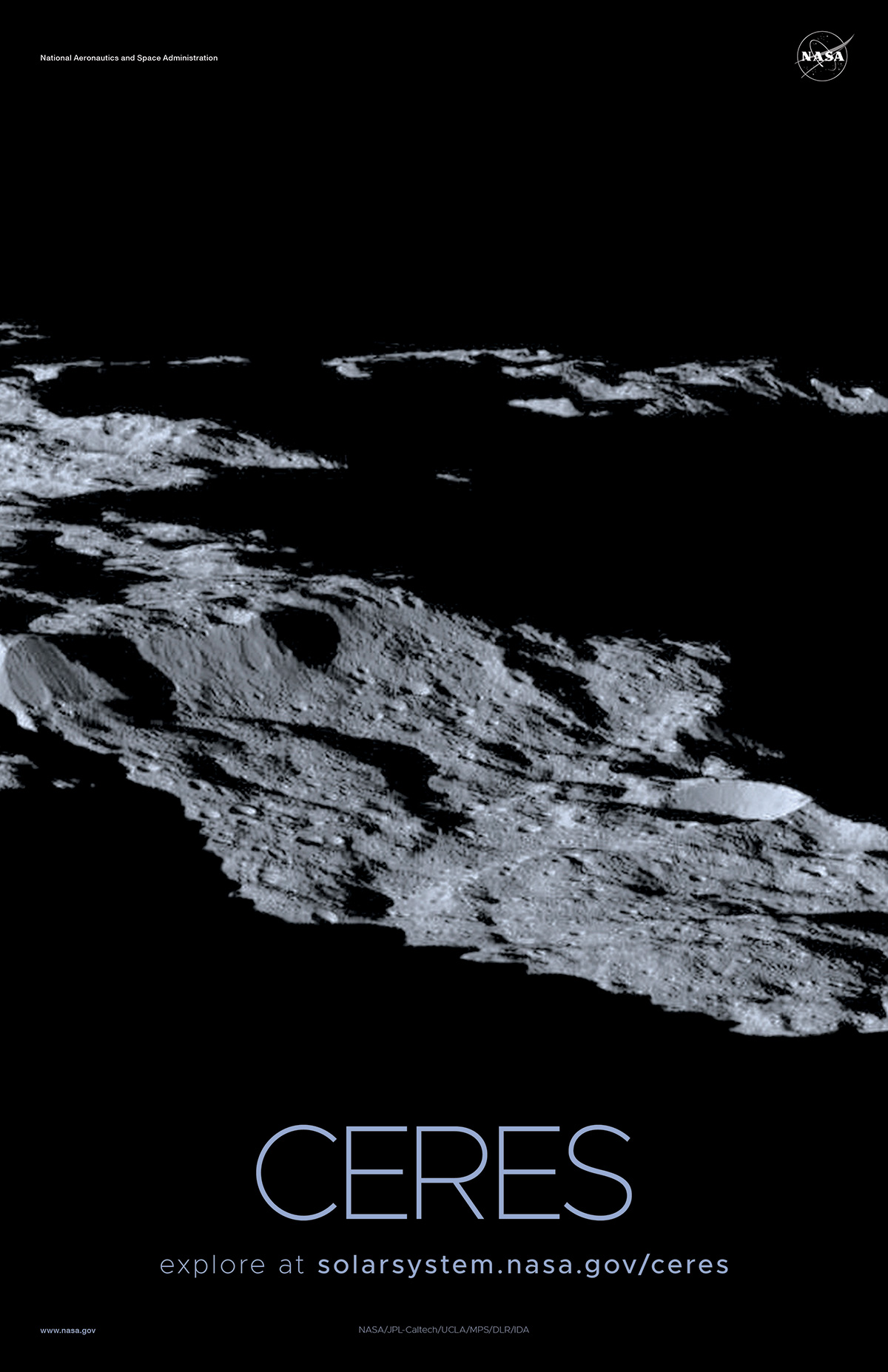Winners
Ken Cummings
Grade 9-12

Contest:
2016-2017
Topic:
Enceladus' Plumes
School:
Yellow Wood Academy, Mercer Island, WA
Teacher:
Gerald Mbara
"The Cassini Mission to Saturn revealed several important discoveries. The one I believe to hold the most potential is the observation of the plumes of Enceladus. Enceladus is a small moon of Saturn with a constantly shifting ice surface 30-40 kilometers thick, a subterranean global ocean 10 kilometers deep, an internal heat source, and a rocky core with a radius of 202-212 kilometers. Enceladus' icy crust is broken by geysers spewing water vapor, carbon dioxide, silica nanograins, methane, and an array of volatile gases. The plumes are evidence of possible hydrothermal activity, and this could be an indication of microbial life.
In 2010 Russel et al. theorized that life on Earth came from hydrothermal vents in the ocean from a process called serpentinization. Serpentinization is the "chemical binding of water and silicate rock". This forms porous rock and produces heat. At the time serpentinization would have occurred on Earth, the ocean was acidic (~pH 6). Serpentinite vents release alkaline fluids which interacts with ocean water, creating a natural pH gradient, from basic to acidic, and then precipitates as a porous mineral. The pores provide natural compartmentalization, serving as an abiotic semipermeable membrane. Like in cells, this separates an alkaline interior from an acidic exterior. This is the building block for chemiosmosis, the movement of protons across a concentration gradient, through a semipermeable membrane. Cells harness energy from the movement of protons to perform respiration.
Unlike our ocean when life was first formed, the ocean of Enceladus is projected to be extremely basic (~pH 11-12). This means that there is no natural pH gradient for chemiosmosis to build off of. This could still allow for serpentinization because over time the release of alkaline fluids raises the pH of water. If serpentinization has been occurring for what could be millions of years, a high pH is plausible. Moreover, there is evidence of serpentinization in our modern, slightly basic ocean (~pH 8.1), showing that this process can occur in an alkaline environment like Enceladus. Serpentinization on Enceladus could explain the internal heat source, the high pH, and traces of silica, carbon dioxide, and methane in the geysers.
Enceladus has an intense environment that very few known organisms could survive. Single-celled organisms of the
domain Archaea are some of the few known creatures able to live in such extreme conditions, without photosynthesis or oxygen. Archaea lack a nucleus and organelles, and can use carbon dioxide, hydrogen, and methane as energy sources, which serpentinization provides.
Even with our understanding of serpentinization, how life was formed on our planet is still a mystery. We know that it likely occurred in the deep ocean with the formation of organisms similar to Archaea. Enceladus has more potential for life than many other cosmic bodies in our solar system, and because of its environment, it seems that Enceladus' organisms could be similar to those of Earth millions of years ago. A closer look at Enceladus' ocean could be the key to unlocking the origin of life on Earth."
